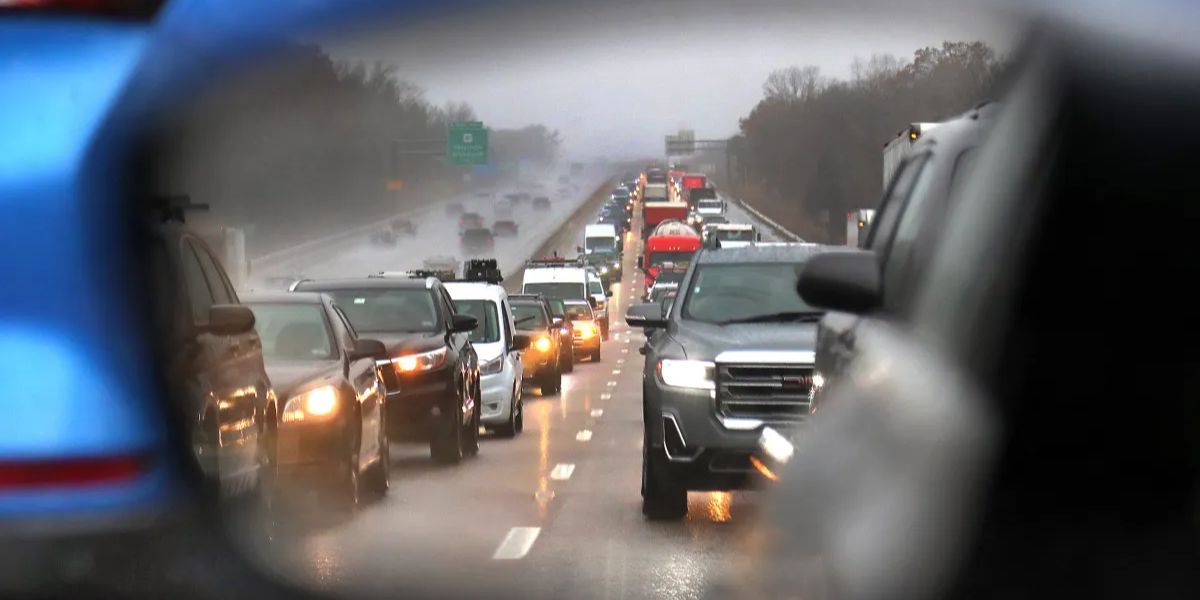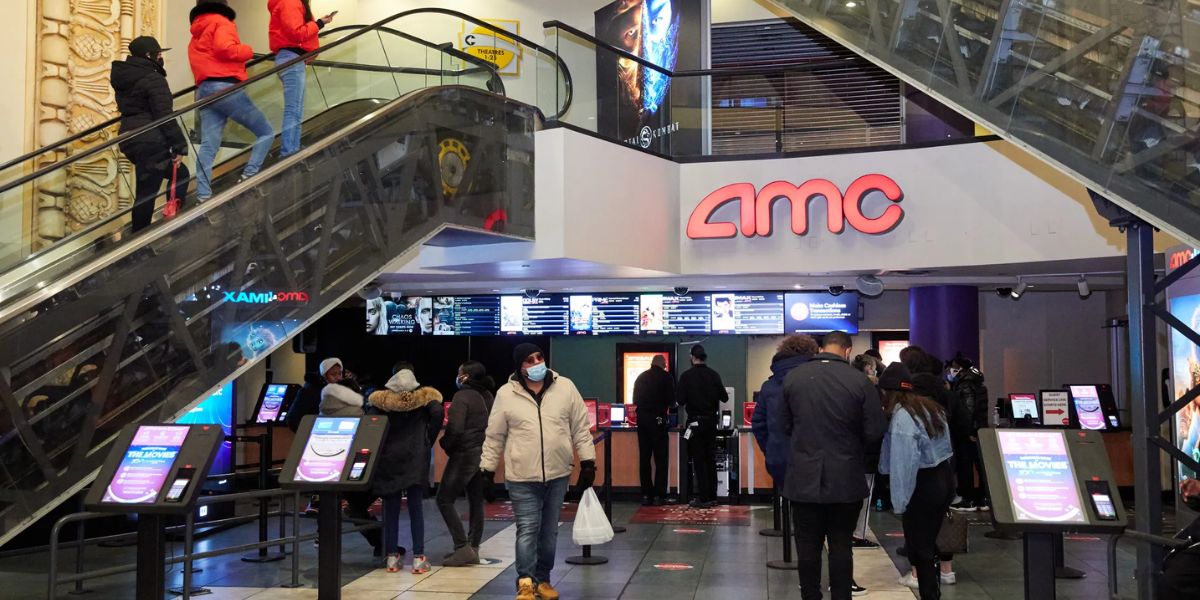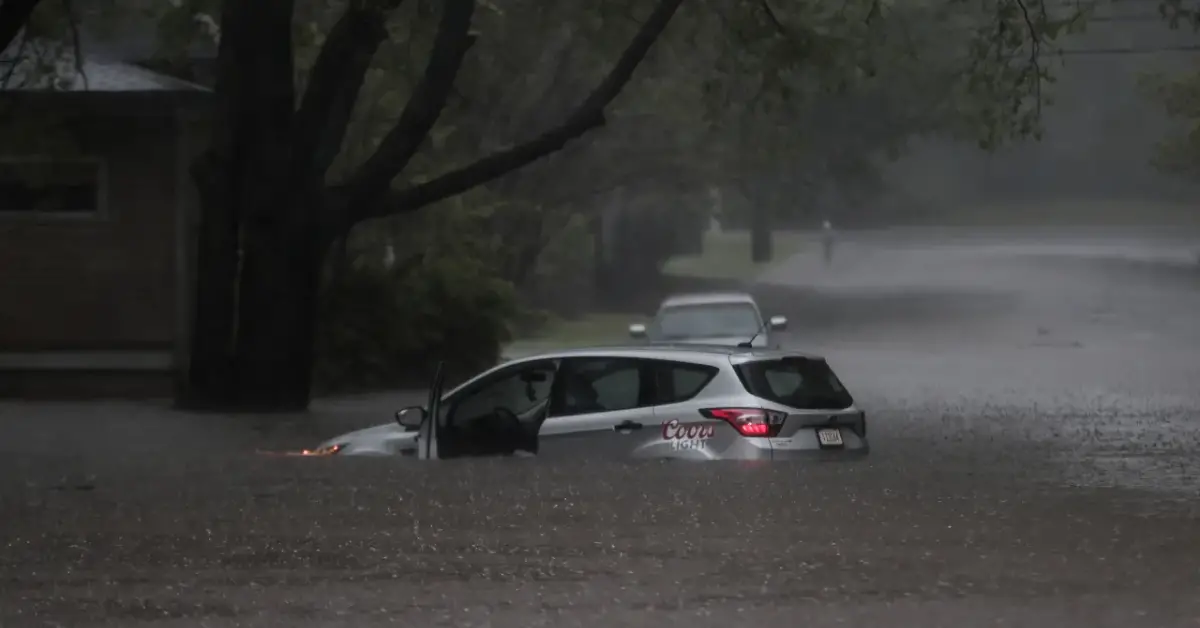MJP –
As Thanksgiving approaches, travelers heading out of New York face a daunting forecast of severe traffic congestion. According to new reports, a key highway in the state is set to experience travel time increases of up to 133% during the peak hours of the holiday getaway.
With millions of people expected to hit the road this year, this surge in traffic highlights the challenges of navigating one of the busiest travel periods in the United States.
The Highway in Question
The highway that will bear the brunt of these delays is a critical route for commuters and long-distance travelers alike.
A stretch of the I-87 in the New York metropolitan area, particularly through the Hudson Valley and upstate regions, is predicted to see travel times more than double as the Thanksgiving rush begins. This increase is driven by a combination of factors, including a higher-than-usual number of drivers, ongoing construction projects, and the heavy demand for travel as families head out to spend the holiday together.

Experts warn that travelers can expect delays during the busiest hours, with traffic peaking on the Wednesday before Thanksgiving and tapering off on Sunday as people return home. This extended period of heightened congestion will affect not only the I-87 but also surrounding roads and alternate routes, which will see more vehicles diverting through them in an attempt to avoid the main highway.
Why the Surge in Travel Time?
The forecasted 133% travel time increase during peak hours is no small matter, and it underscores a growing trend: Thanksgiving is now one of the most congested travel periods of the year. The surge in delays is largely attributed to:
15 Charged in Extensive Drug Trafficking Operation Across Ohio
- Record Travel Volume: The holiday season, especially Thanksgiving, is notorious for drawing large numbers of travelers. With more than 54 million Americans expected to travel this Thanksgiving, many of them by car, highways are already bracing for congestion. As families take to the roads to visit relatives or enjoy holiday vacations, traffic volumes are expected to surge to levels far above the normal weekday rush.
- Ongoing Construction: Several major roadwork projects along the I-87 and other highways in the region are contributing to the anticipated delays. While construction has been ongoing throughout the year, holiday travel exacerbates the situation, as narrowed lanes and blocked exits reduce the road’s capacity to handle the increased volume of vehicles.
- Weather Conditions: As winter sets in, the potential for inclement weather further complicates travel plans. While forecasts are still being fine-tuned, even light snow or rain could slow traffic considerably, particularly on upstate highways where drivers may be less accustomed to hazardous conditions. Weather-related delays could add extra time to already long journeys.
- Longer Travel Times: Traditionally, the Wednesday before Thanksgiving is one of the busiest days for travel, as people leave work early and try to get a jump on the holiday weekend. Combined with a Friday evening rush for those headed to destinations further north, travel times can increase by hours during these peak periods.
Tips for Navigating Thanksgiving Traffic
Given the forecast for such significant delays, experts are advising travelers to plan ahead and take measures to minimize the impact of traffic on their Thanksgiving journey. Here are a few tips to consider:
- Plan for Extra Time: Be prepared for much longer travel times than usual. If you’re driving, consider building in extra time for delays, particularly if you’re traveling on Wednesday or Sunday, when the roads will be at their busiest.
- Travel Early or Late: If possible, adjust your travel plans to avoid peak times. The heaviest congestion tends to occur in the late afternoon to evening on Wednesday and again during the late morning to afternoon on Sunday. Traveling early in the morning or later in the evening could help you avoid the worst of the traffic.
- Use Technology: Leverage real-time traffic apps like Google Maps, Waze, or local transit apps to monitor road conditions and reroute around bottlenecks. These apps can provide updated traffic information and alert you to accidents or other disruptions that may delay your journey.
- Alternative Routes: If you’re traveling long distances, consider taking alternative routes to avoid congested highways. Be sure to check traffic reports for updates on road conditions and potential detours. While alternate routes may be longer, they could provide a smoother experience.
- Stay Safe: With the added stress of heavy traffic, it’s essential to drive carefully and responsibly. Ensure your vehicle is in good condition, have a roadside emergency kit on hand, and stay alert to changing road conditions, especially if weather becomes an issue.
What Does This Mean for the Holiday Travel Experience?
Driving in Wisconsin: Important Traffic Regulations to Keep in Mind
The 133% increase in travel times on New York’s highways serves as a reminder of the challenges that come with holiday travel. While Thanksgiving is a time for family gatherings and festive celebrations, it’s also a time when travel headaches can take a toll. Long delays, especially on such a congested route, can lead to frustration and added stress. However, with some proactive planning and patience, drivers can make it through the holiday weekend with fewer complications.
For many, the journey is part of the experience, and while traffic is inevitable, it doesn’t have to ruin the holiday. Whether you’re traveling to visit family, friends, or simply to enjoy a getaway, remembering to plan ahead and stay flexible will help ensure that your Thanksgiving is memorable for all the right reasons.
Conclusion
As New York’s highways prepare for a 133% increase in travel times this Thanksgiving, travelers are urged to plan for longer trips and take steps to minimize delays.
With more people hitting the road than ever before, the combination of high traffic volumes, ongoing construction, and unpredictable weather is likely to make for a challenging travel experience.
But with patience, preparation, and smart travel choices, it’s possible to navigate the congestion and enjoy a safe, stress-free holiday.




